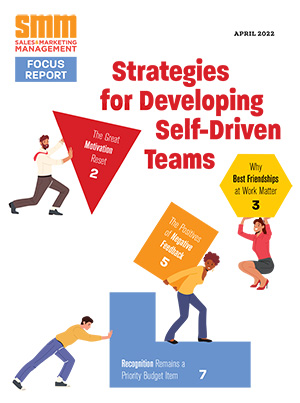When the economy gets tough, the tough get rewards programs. According to Colloquy research that surveyed over 2,100 U.S. consumers in April 2009, almost one-third (32.3 percent) reported that retail rewards programs have become “more important” in their budgeting strategies.
Young adults between the ages of 18 and 25 (46.4 percent) and women between the ages of 26 and 59 (44.4 percent) attributed more importance to rewards programs during the recession.
Similarly, 39.8 percent of emerging Hispanics (those over 21-years-old of Hispanic origin earning $40,000 or less annually), 33 percent of affluents (male and females earning $125,000 or more annually) and 23 percent of seniors aged 60 or older said the economy made rewards programs more important.
Four-in-ten (42.7 percent) consumers said that the economy had “no difference” on their rewards importance, while 25 percent rated the programs as less important.
“The high importance that the Women’s segment places in retail sector programs provides a teaching moment for loyalty marketers,” said COLLOQUY Partner and co-author of the study Kelly Hlavinka in a statement. “Program operators who are best able to leverage shopper data to deliver communications and offer relevance will be best equipped to steal valuable market share from discounters within this key segment,” she said.
In terms of participation levels, consumers tended to favor department stores and other retail programs, averaging participation in 2.3 programs and 2.1 programs respectively. Grocery (1.7 programs), fuel (1.5 programs) and drug stores (1.3 programs) were also popular rewards categories.
Participation among women was greatest in other retail (2.1 programs), grocery (2.0 programs), and department stores (2.0 programs) categories, while young adults favored department stores and other retail. Both categories’ averaged participation at 2.3 programs.
Overall retail rewards program enrollment increased by 19 percent from Colloquy’s previous study in 2007. Again, young adults (57.9 percent) and women (77 percent) saw significant growth, up 32 percent and 29 percent respectively from 2007. Affluents saw the greatest participation at 87.4 percent (up 10 percent). Participation among emerging Hispanics (47 percent) grew 14 percent and senior participation (60.8 percent) grew 12 percent.
— Nielsen Business Media
Retail Rewards of Growing Importance to Consumers
Get our newsletter and digital focus reports

Stay current on learning and development trends, best practices, research, new products and technologies, case studies and much more.

